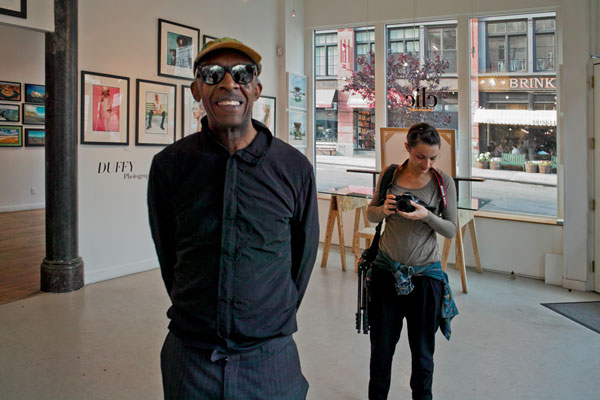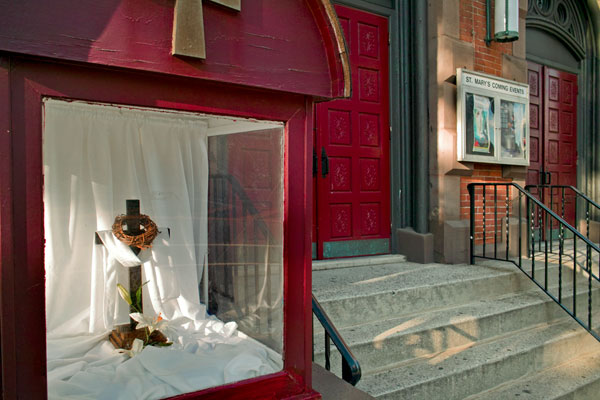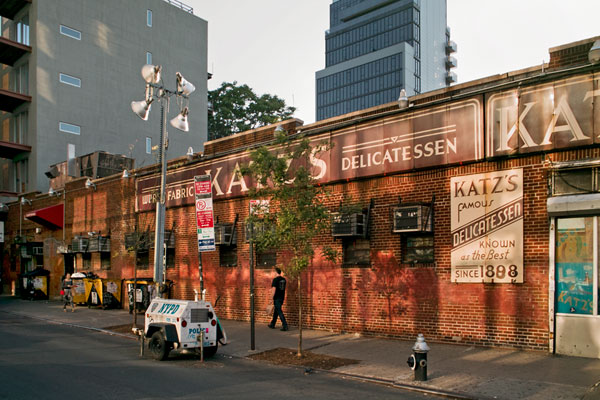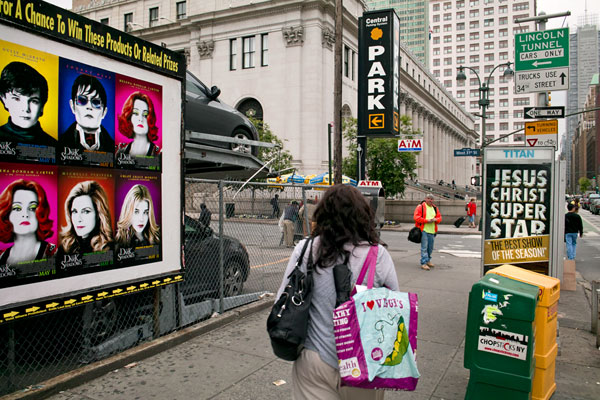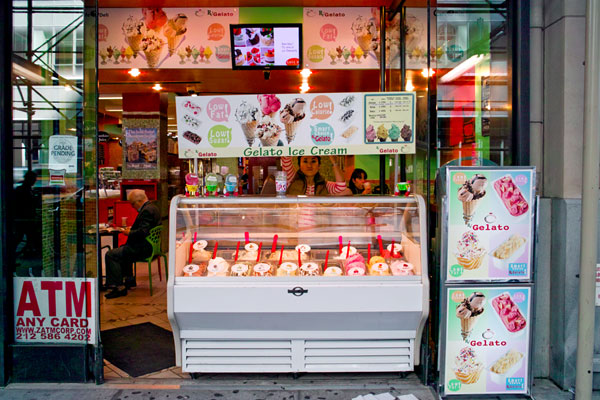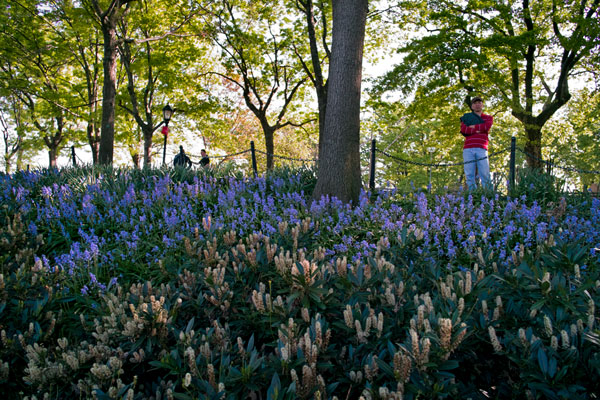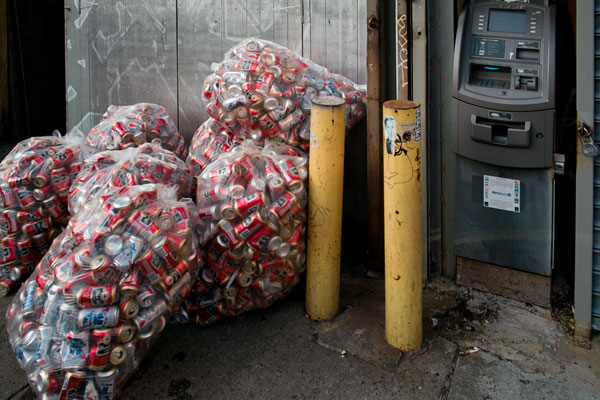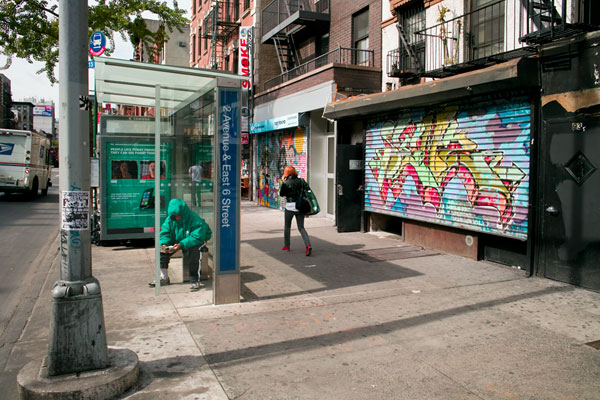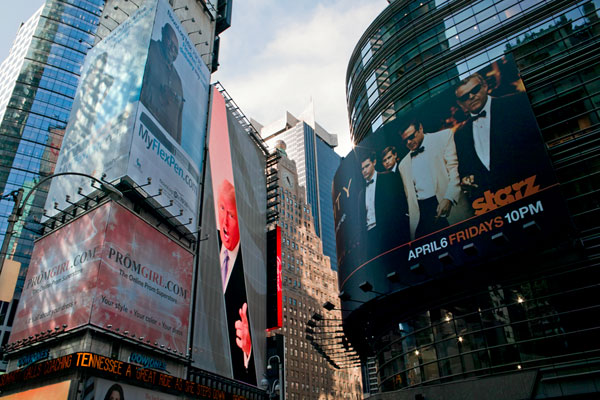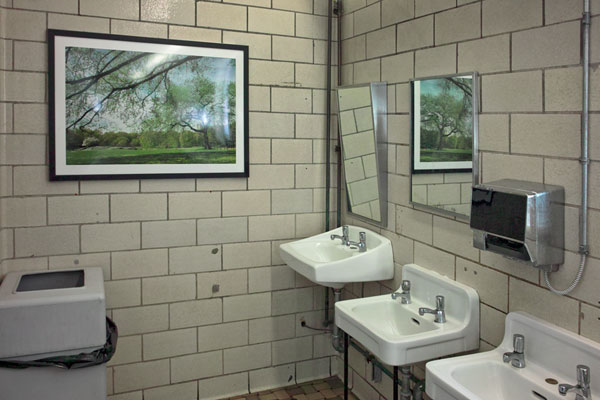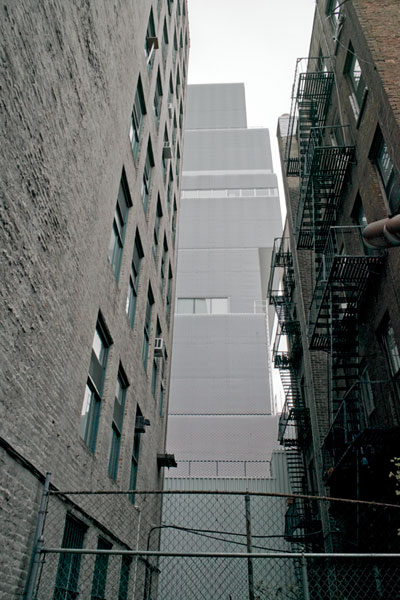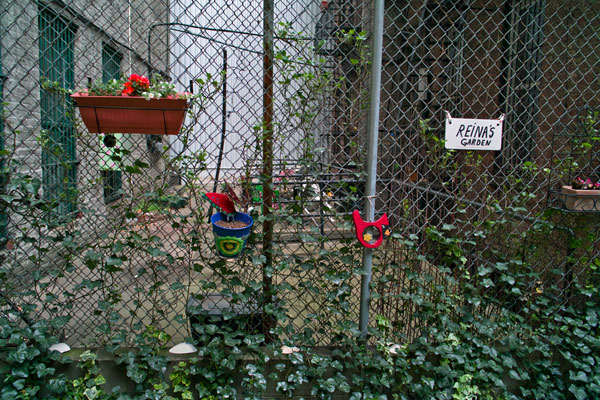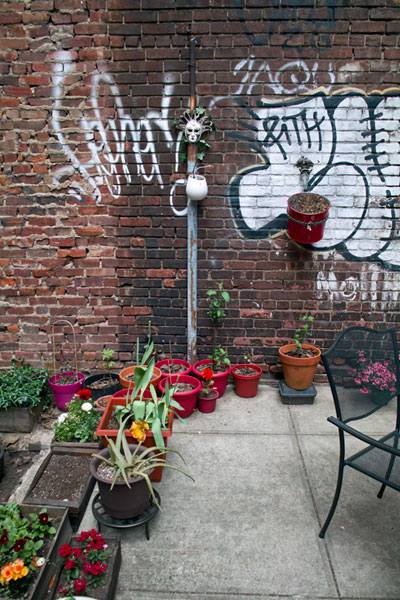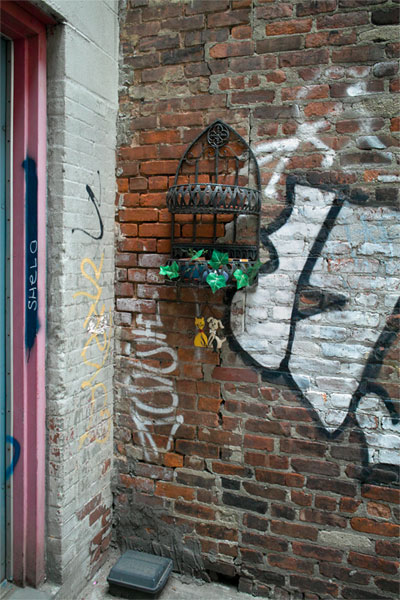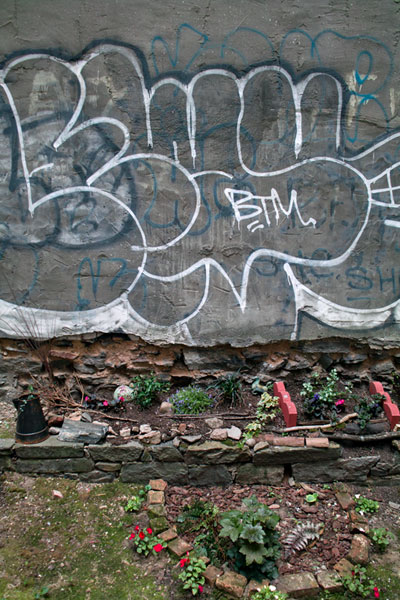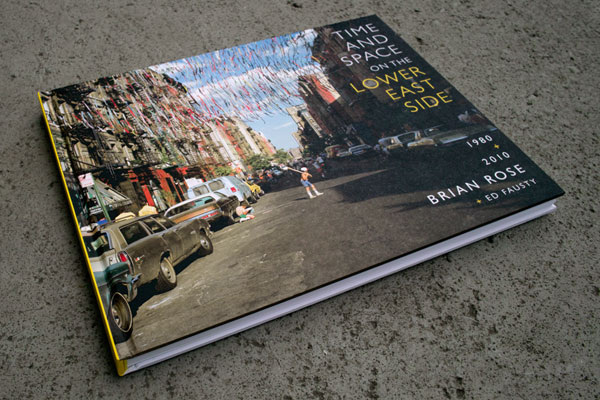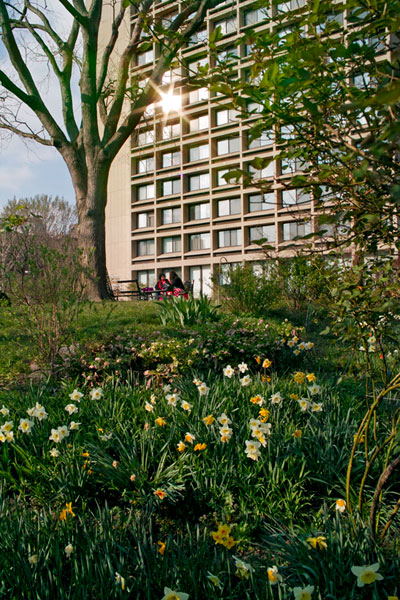I am pleased to report that the complete shipment of Time and Space on the Lower East Side has arrived in New York. I will begin sending books out to my Kickstarter backers next week as well as pre-orders. The book will officially be on sale on May 23rd and can be bought on my website or from various stores in Manhattan. That’s where we’re starting anyway. I will be celebrating the launch of the book on May 23rd from 6 to 8pm at the Clic Bookstore and Gallery at Centre and Broome Streets in Little Italy. Hope to see you there!
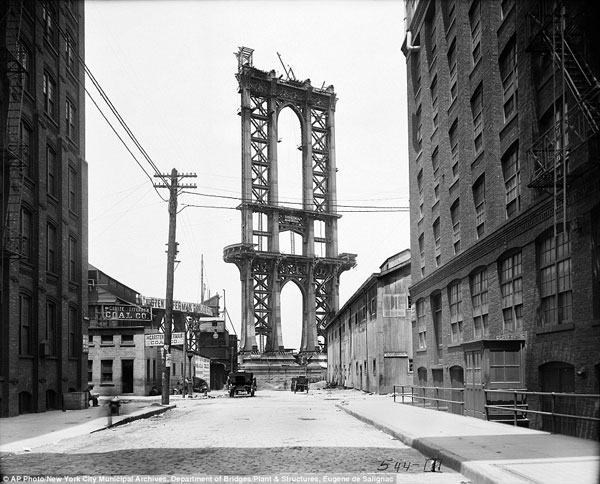
The Manhattan Bridge, 1908 — photography by Eugene de Salignac
The city of New York recently made its huge archive of photographs available online. I’ve spent a little time browsing through the pictures, which include the most mundane tax photos along with quite stirring images like the one above. For several weeks the website was down–I think due to high traffic–but it seems to be up and running now. It’s a great resource, theoretically, but it has an awkward interface and is hard to navigate. Sadly, a majority of the images can only be viewed at very low resolution. You can order high resolution files or have prints made. Municipal Archives website here.
The image above was taken from a more detailed image provided to the media. It shows the Manhattan Bridge under construction in 1908. The image is one of 20,000 images taken by Eugene de Salignac, a city employee, unknown until a few years ago. Since then, there has been an exhibition of his work at the Museum of the City of New York, and a book by Aperture.
From the New Yorker:
De Salignac, it turned out, had worked for the Department of Bridges (later the Department of Plant and Structures) from 1903 to 1934. Vast reaches of infrastructure were laid down in those years, and his job was to provide a record: he shot the construction of the Manhattan and Queensboro Bridges and the Municipal Building; subway tunnels, trolley lines, and ferries.
There’s a terrific portfolio of de Salignac’s images and others from the city archive in The Atlantic here.
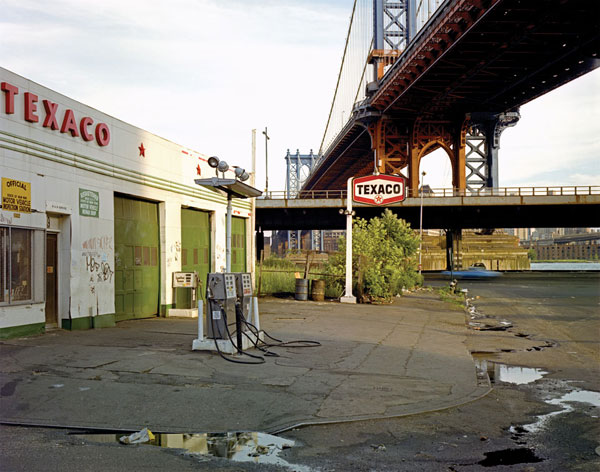
Pike’s Slip and the Manhattan Bridge, 1980 — © Brian Rose/Ed Fausty
When Ed Fausty and I did our photographs of the Lower East Side we were unaware of de Salignac, but we, nevertheless, found ourselves standing in almost the same spot–72 years later–as he did when photographing the Manhattan Bridge. Both are view camera images, but the latter exhibits a somewhat different way of looking at the city. The bridge is no longer a central and heroic symbol of progress, however imposing, as it soars over a desolate street corner in 1980. The bridge and the service station have nearly equal weight, structural elements intersect and slash across the frame, as the late afternoon sun spotlights the Texaco star.
